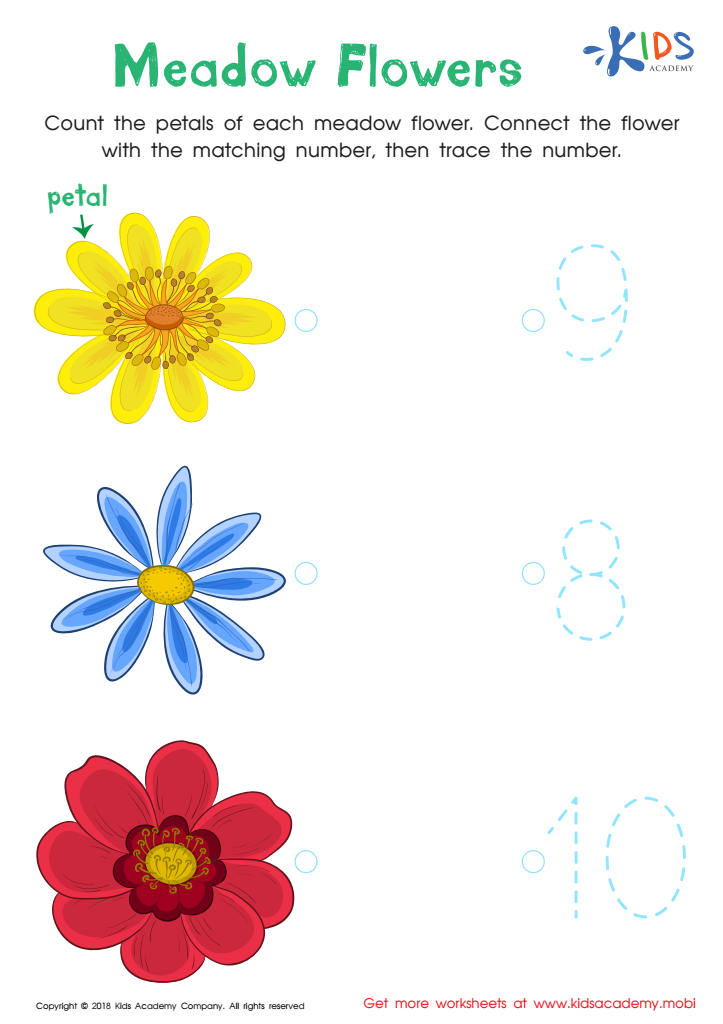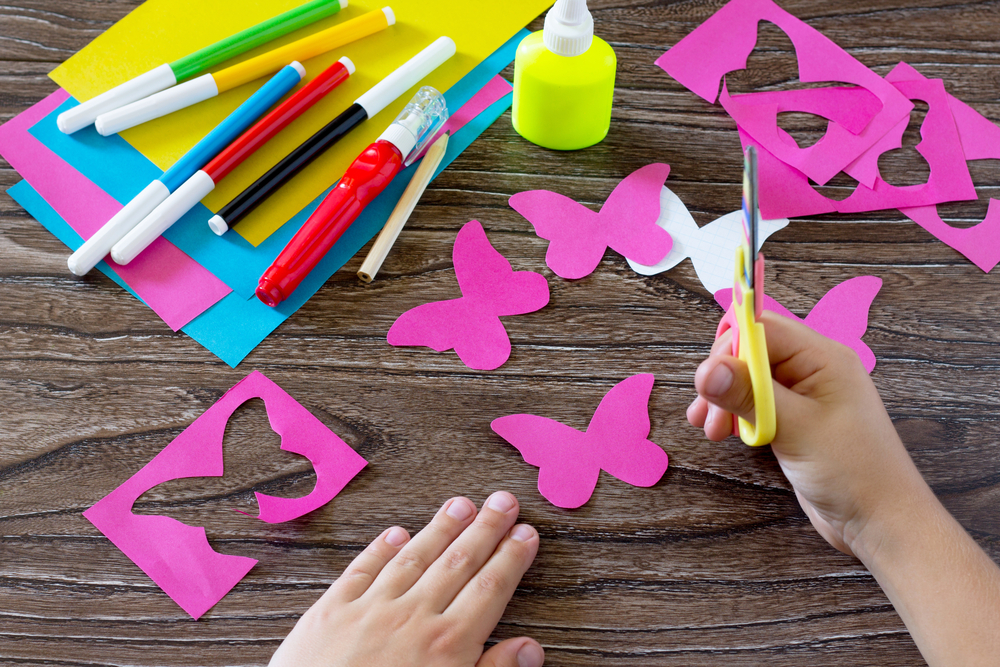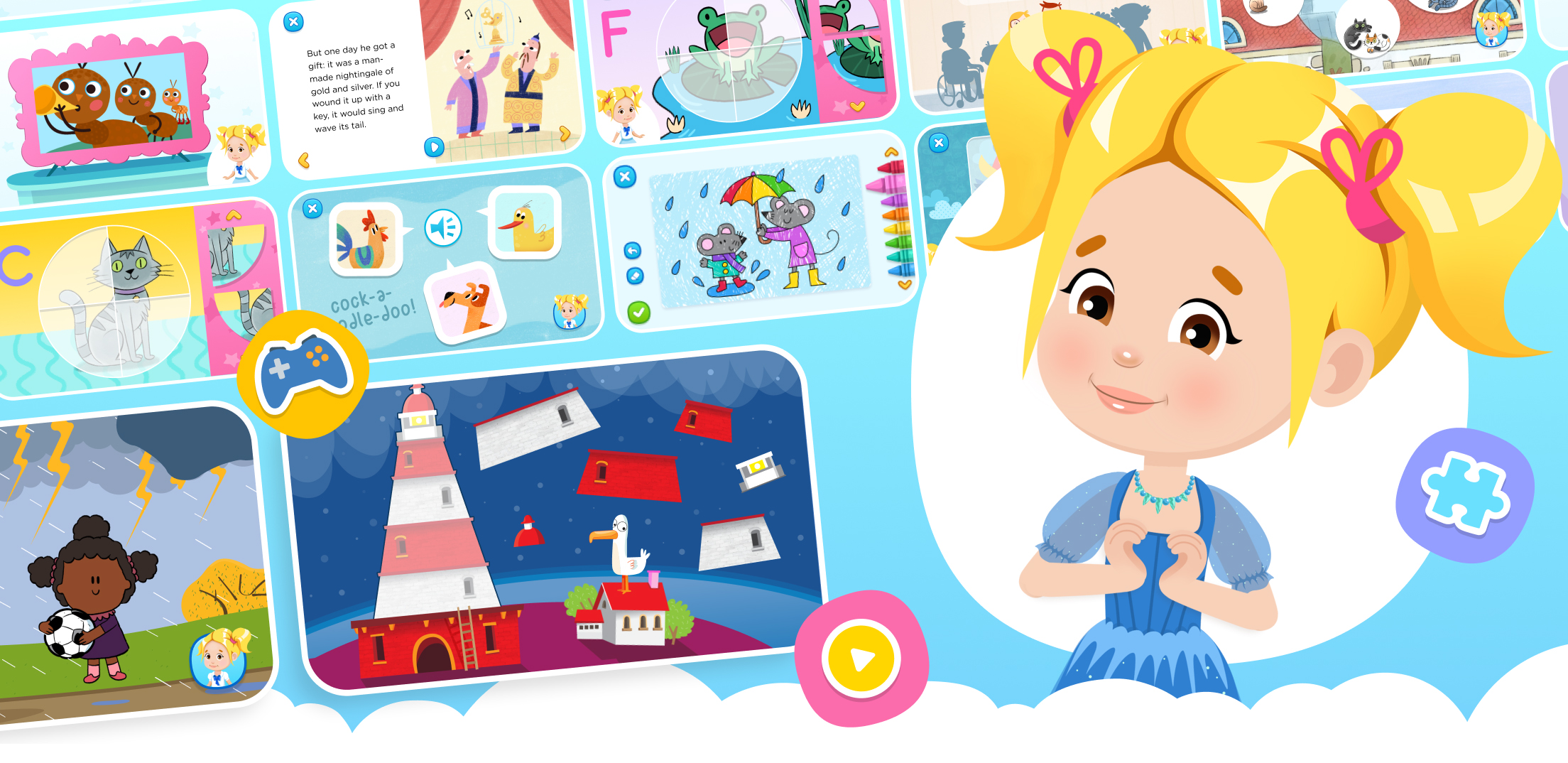Tracing worksheets activities for 6-Year-Olds - Page 7
146 filtered results
-
From - To


Have, Has, Had Worksheet Sight Words Worksheet


Kindergarten Number Tracing: Medow Flowers Worksheet
Tracing worksheets activities provide a multitude of benefits that extend beyond simple amusement. These activities, tailored for learners of various ages, especially in the early developmental stages, offer a structured approach to improving fine motor skills, promoting hand-eye coordination, and laying a foundational understanding of letters, numbers, shapes, and patterns.
First and foremost, tracing worksheets activities serve as an excellent tool for enhancing fine motor skills. The act of tracing requires control and precision, helping children develop the small muscles in their hands and fingers. This refinement of dexterity is crucial as it directly impacts a child's ability to perform everyday tasks such as writing, cutting, and typing.
Furthermore, hand-eye coordination is significantly improved through the consistent practice of tracing. As children follow lines and shapes with their eyes while directing their hands to execute the movements, they learn to synchronize their visual and motor skills. This coordination is vital not only for academic pursuits but also for sports and various daily activities.
Additionally, tracing worksheets activities introduce and reinforce the recognition of letters, numbers, and shapes. For young learners, tracing the alphabet or numbers can be the first step toward literacy and numeracy, setting a strong foundation for future learning. Tracing shapes also helps children understand geometric concepts and spatial relationships, enhancing their cognitive development.
Moreover, these activities encourage concentration and patience. Completing a tracing worksheet requires focus and a steady hand, skills that are beneficial across all areas of learning and personal growth. The sense of accomplishment once a tracing activity is completed can boost a child's confidence and encourage a positive attitude toward learning challenges.
In summary, tracing worksheets activities are not only enjoyable but also immensely beneficial for early development. They foster fine motor skills, hand-eye coordination, and cognitive abilities while also nurturing patience and concentration. By integrating these activities into a child's learning routine, parents and educators can support holistic developmental milestones in a fun and engaging way.
 Assign to the classroom
Assign to the classroom











